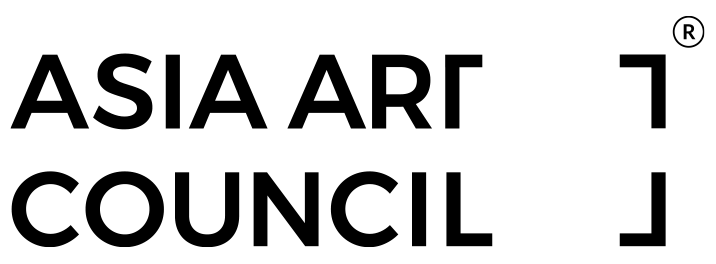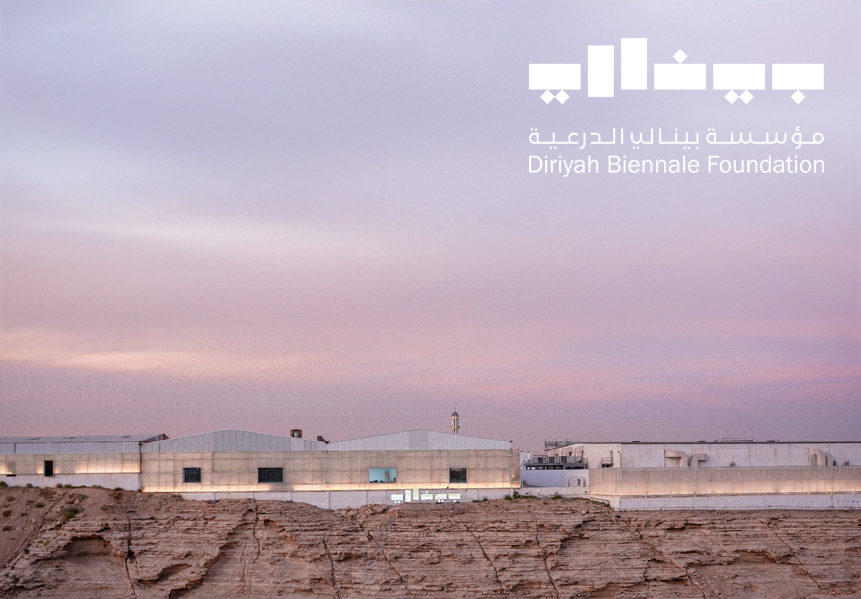The Diriyah Biennale Foundation has set the tone for 2026.
The third Diriyah Contemporary Art Biennale opens January 30, 2026 in Riyadh’s JAX District with the title “In Interludes and Transitions (في الحِلّ والترحال)” a curatorial framework that foregrounds processions, migrations, and the transmission of culture. Led by Artistic Directors Nora Razian and Sabih Ahmed, the edition promises 70+ artists and 20+ new commissions, with scenography by Formafantasma—a signal that form, movement, and material intelligence will be treated as choreography rather than static display.
For visitors planning their calendars, the biennale is slated to run January 30 to April 23, 2026, activating newly opened spaces across the JAX District—a former industrial zone turned creative hub in historic Diriyah. The preliminary artist line-up already sketches a truly transregional map, and the expanded footprint hints at a city-scale exhibition rhythm.
The curators read “procession” not only as a ritual act but as a braid of winds, trade, exile, and song—a way to think with the Gulf’s histories and today’s planetary movements. Expect a strong sound-led spine linking visual art, performance, music, and film, an inclusive, cross-disciplinary grammar that suits the region’s lived pluralism. This is not spectacle for spectacle’s sake; it’s a proposal to archive memory in motion.
From an Asian vantage, the preliminary artist roll call is telling. Names such as Rohini Devasher (India), Raqs Media Collective (India), Sarker Protick (Bangladesh), and Thảo Nguyên Phan (Vietnam) prime the ground for conversations on ecology, labor, and techno-poetics that have long preoccupied our region’s practices. Their inclusion amplifies a cross-Asian dialogue that has moved beyond identity taxonomy toward methods, mapping, listening, prototyping, re-enactment—as a way of knowing.
The scenographic collaboration with Formafantasma suggests attention to circulation: how bodies, sound, and climate guide exhibition design. If prior global mega-shows risked grid-like hangings, Diriyah 2026 reads as orchestration—rooms tuned like instruments, outdoor passages acting as resonant chambers. That matters for Asia’s practitioners who increasingly work between mediums, and for audiences attuned to exhibitions as social soundscapes rather than static picture galleries.
Finally, the timing and location are strategic. JAX’s industrial heritage gives material texture to questions of mobility and transformation, while Diriyah’s cultural positioning—between heritage and hyper-contemporary offers a platform for artists whose work refuses the old binaries of center/periphery. With an expanded curatorial team and a program that stretches across venues and public space, Diriyah 2026 looks set to be a learning engine as much as a destination. Mark the dates; this is where many of Asia’s most urgent conversations will be staged, heard, and felt.


Leave a Reply